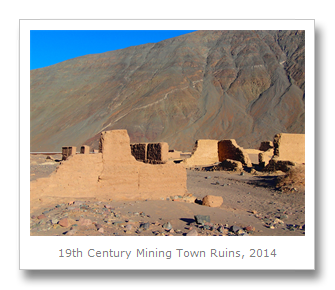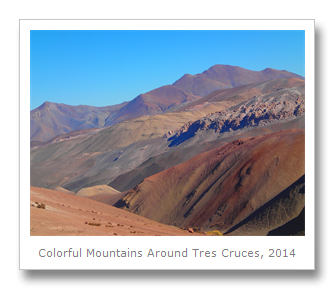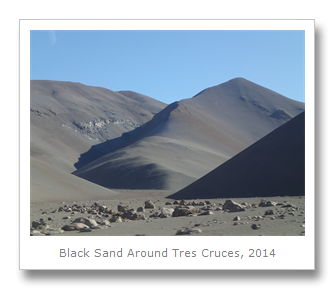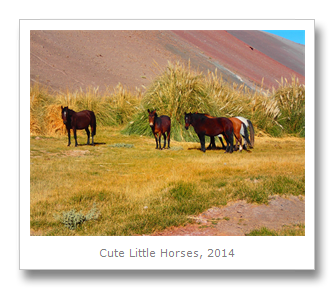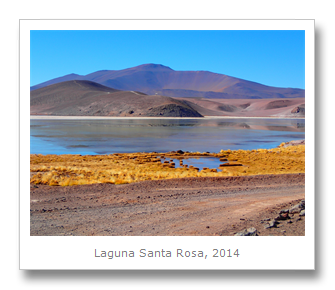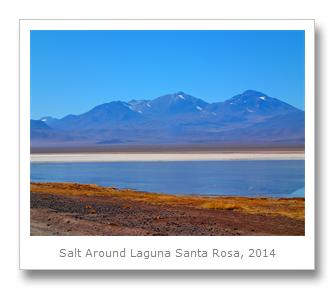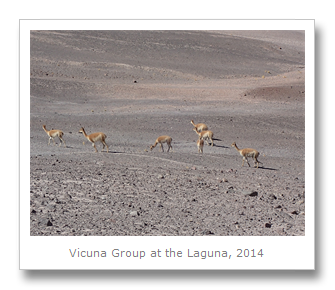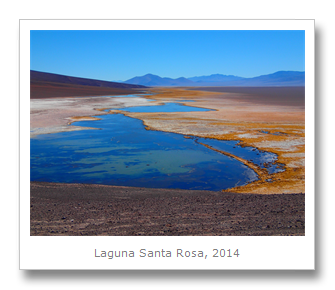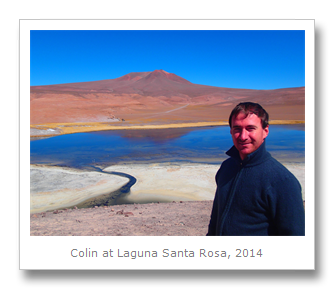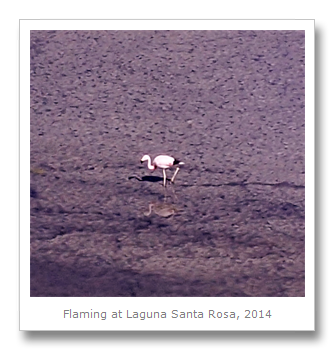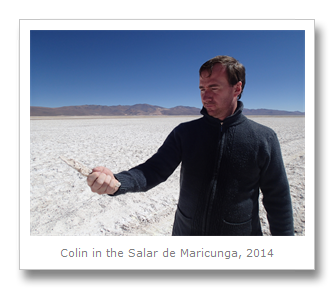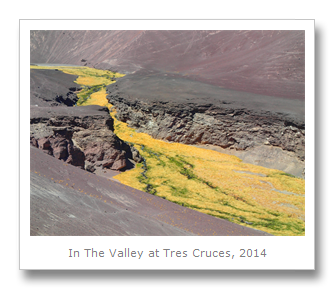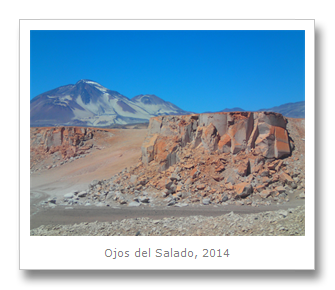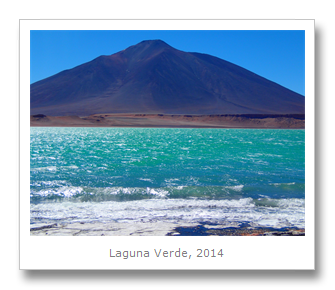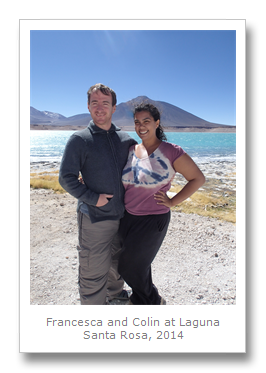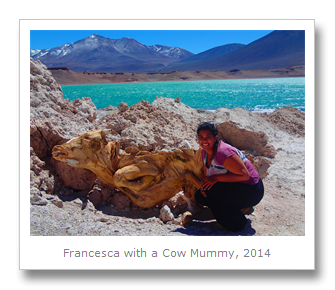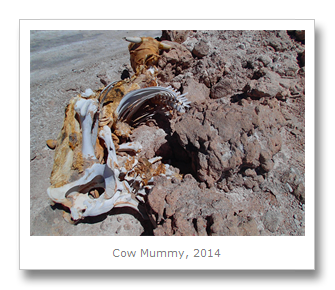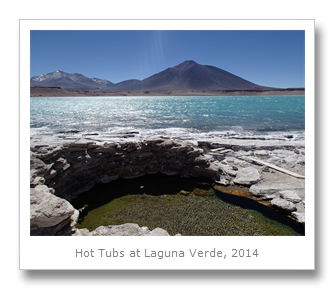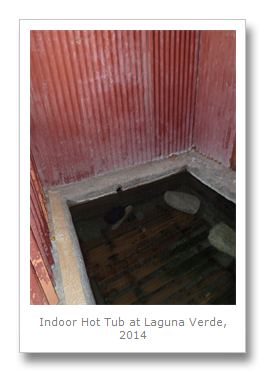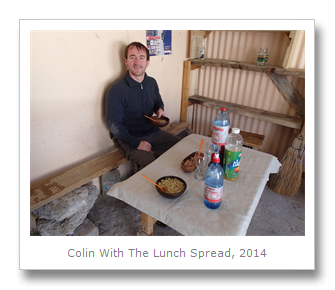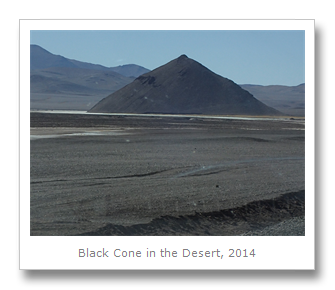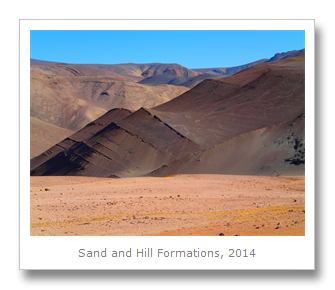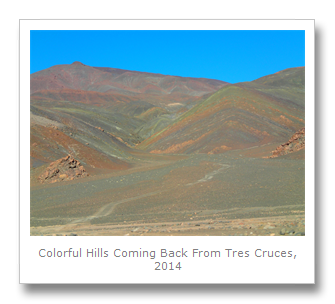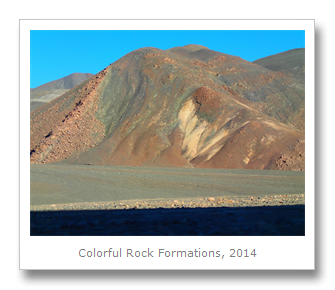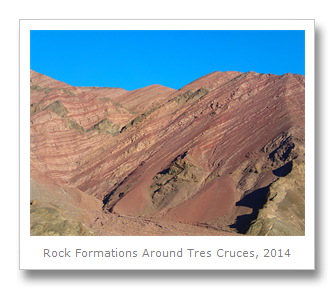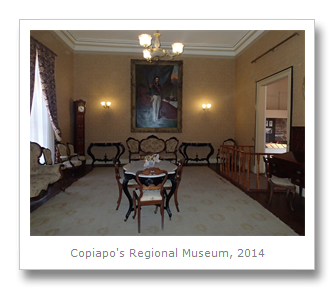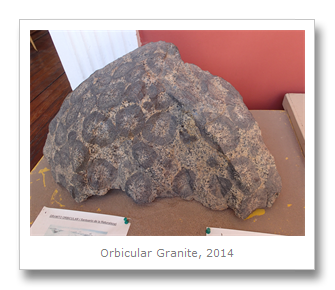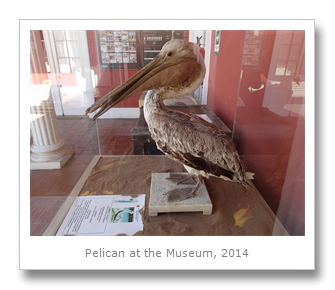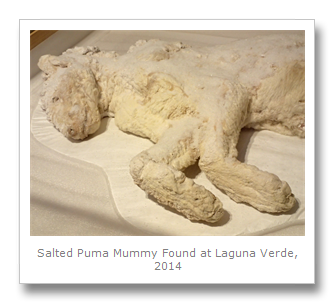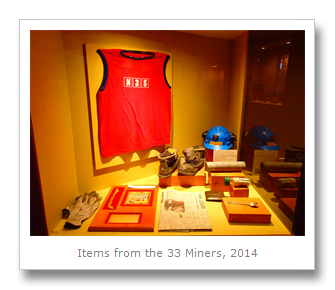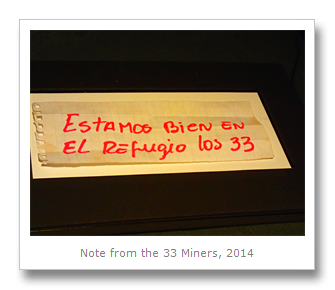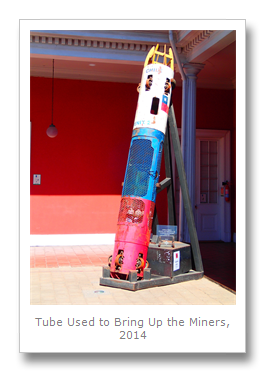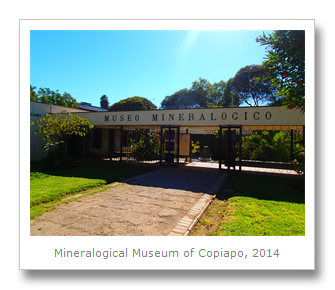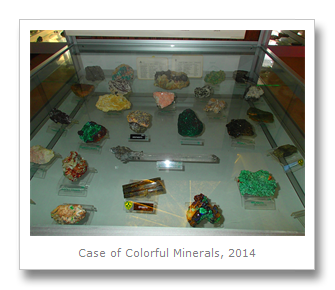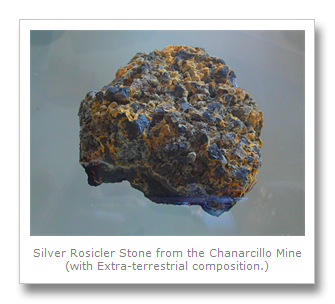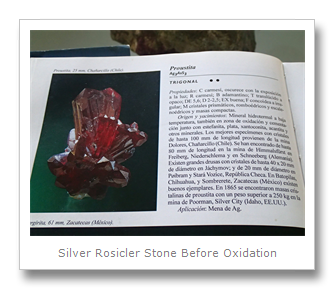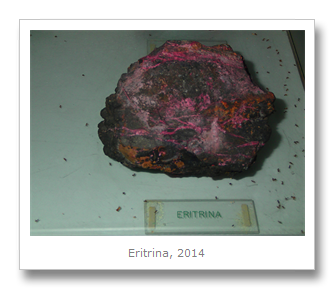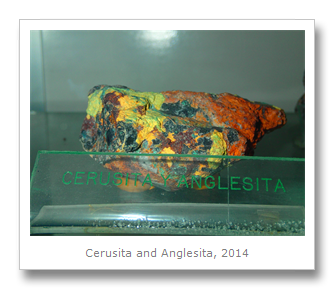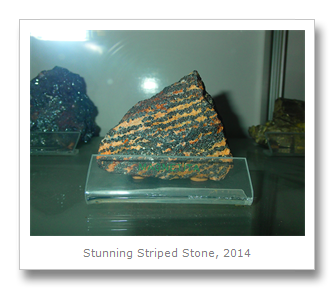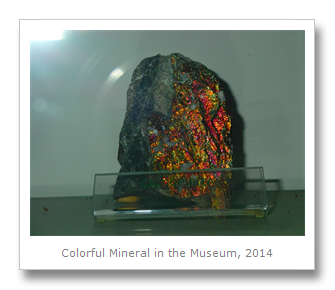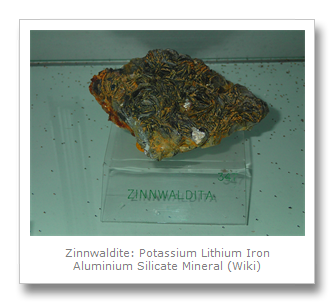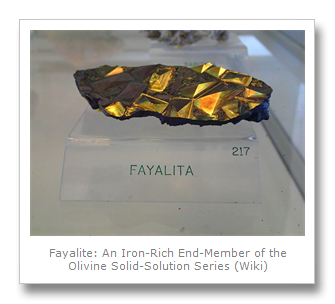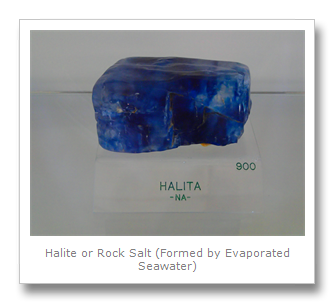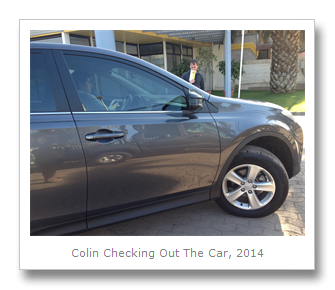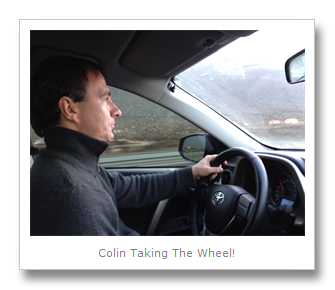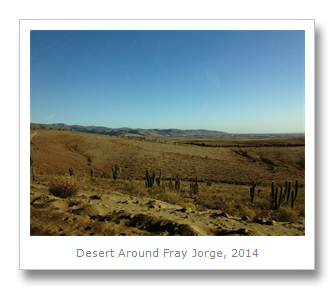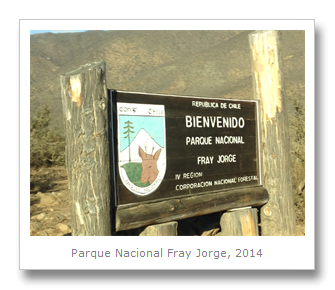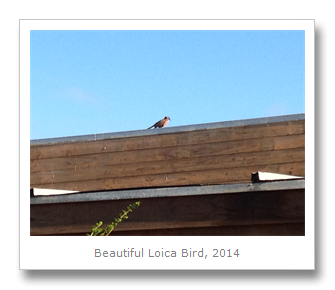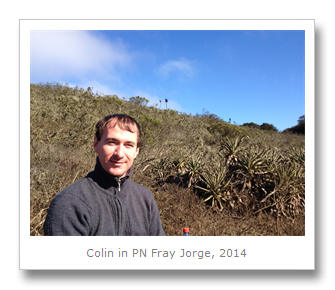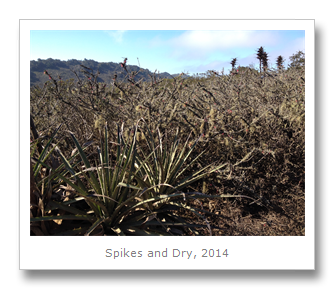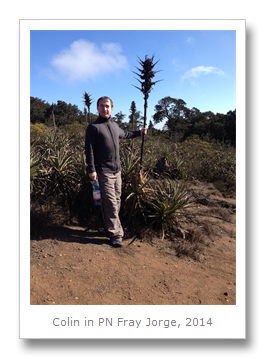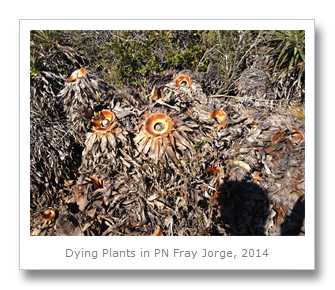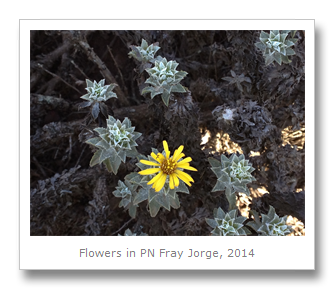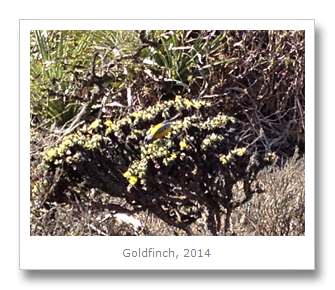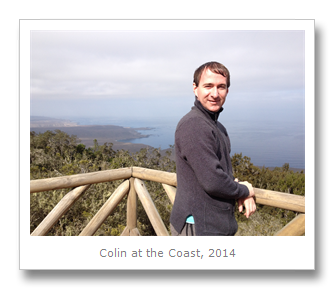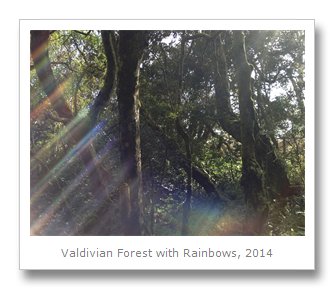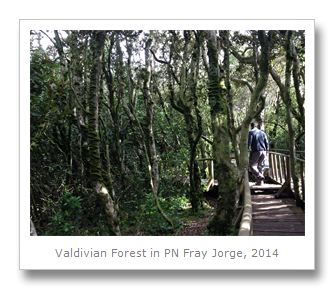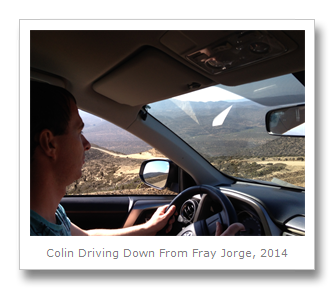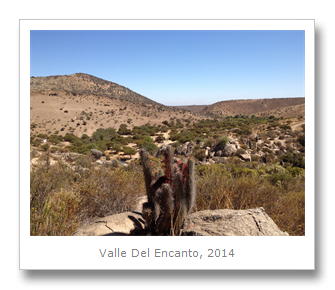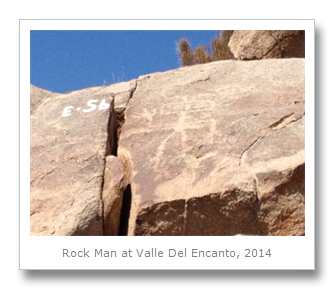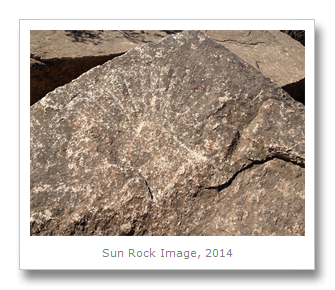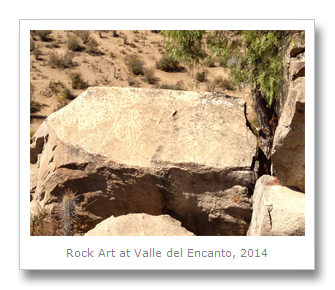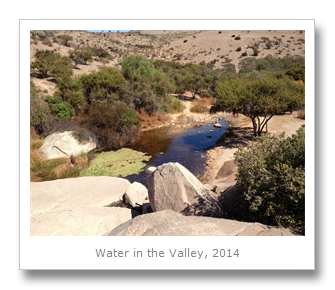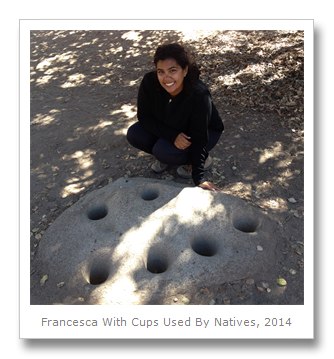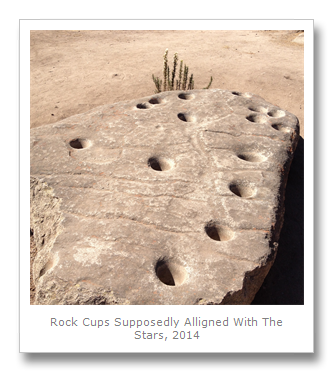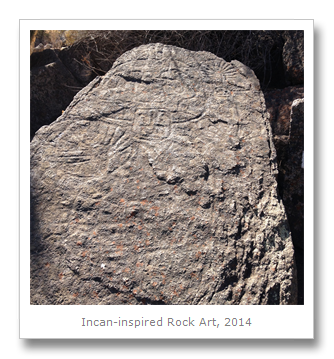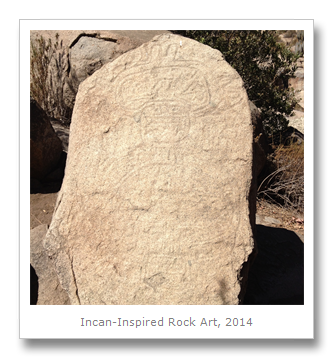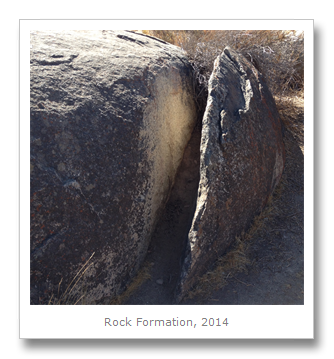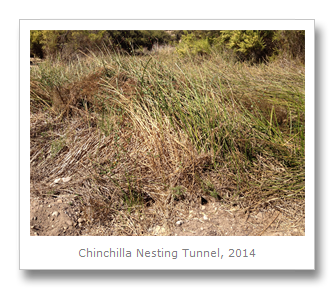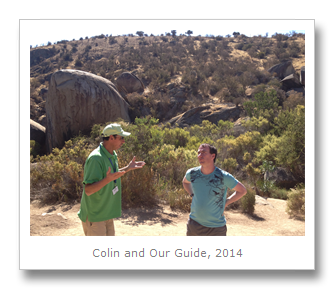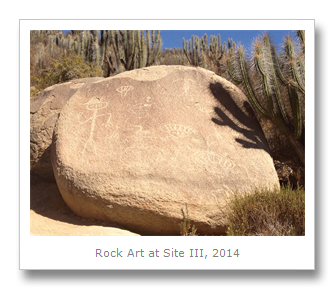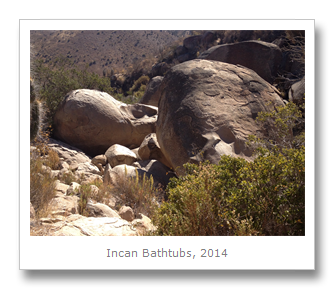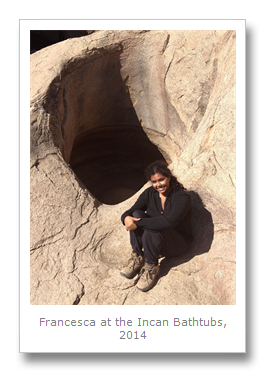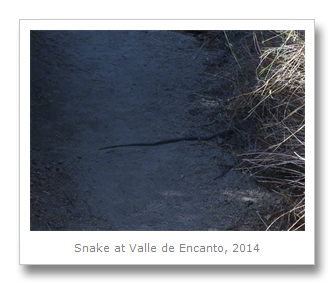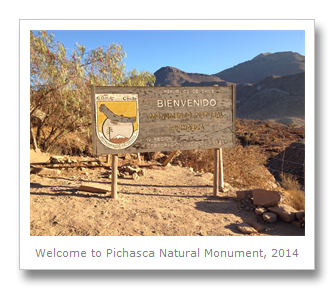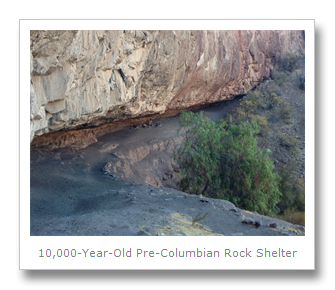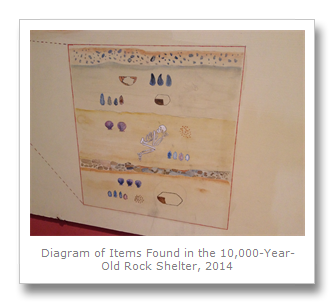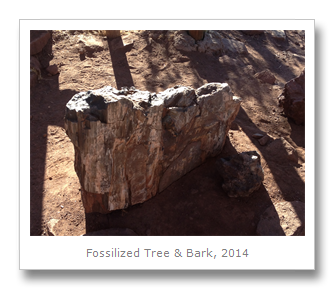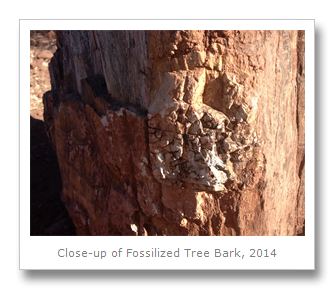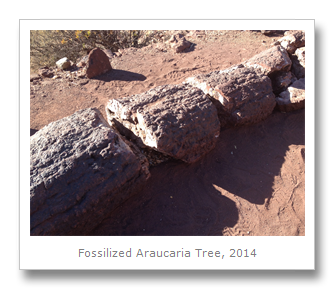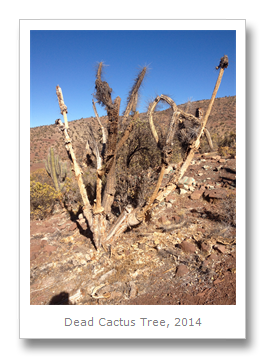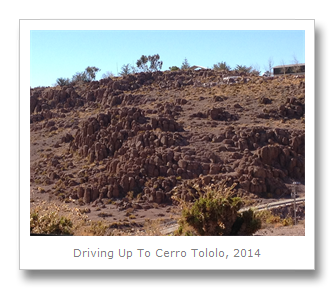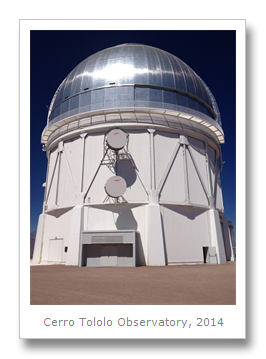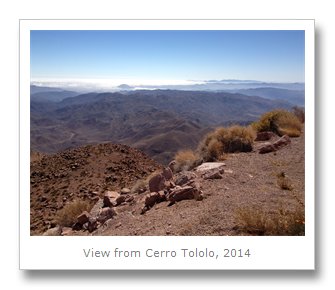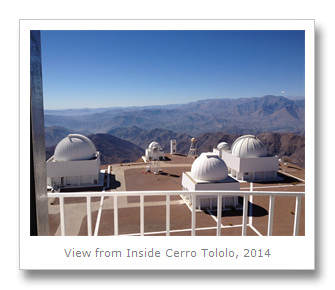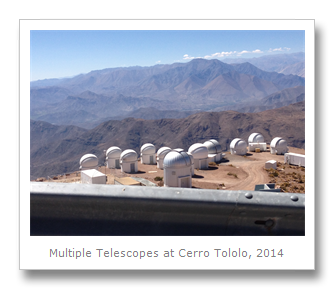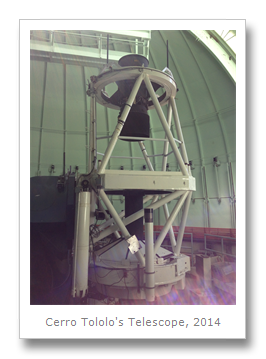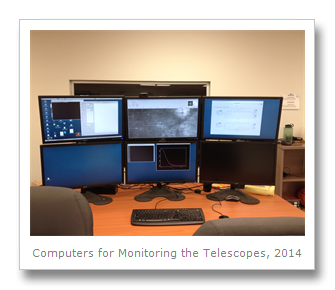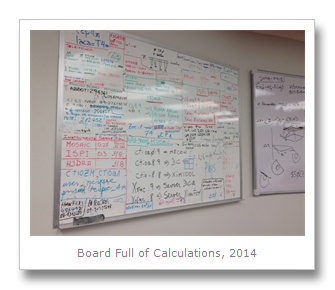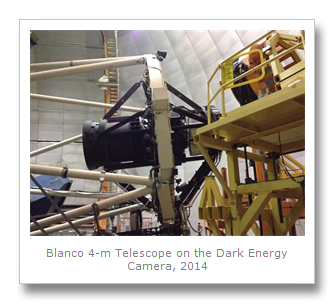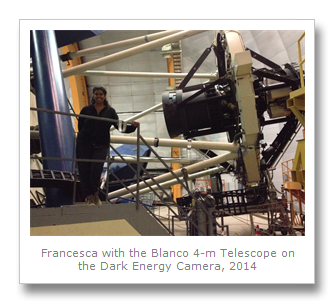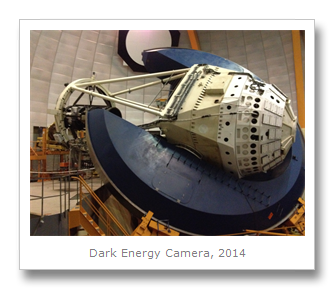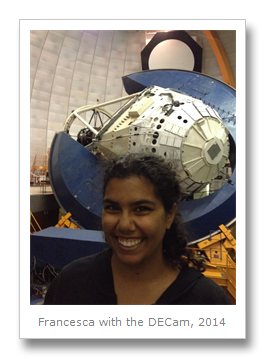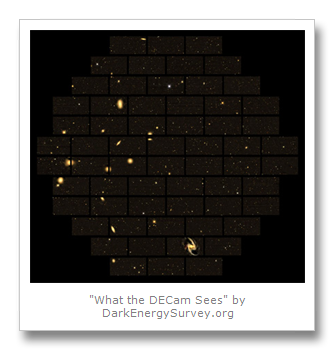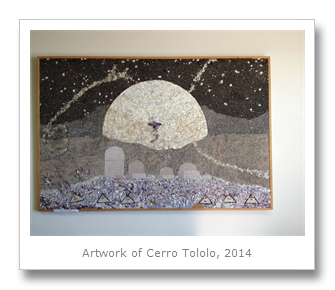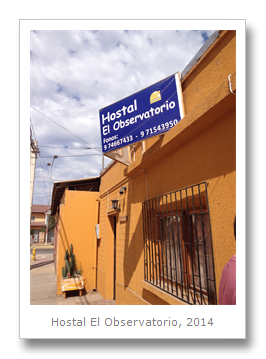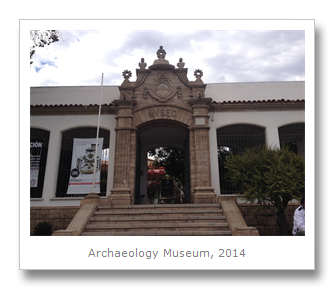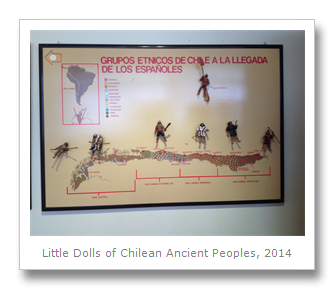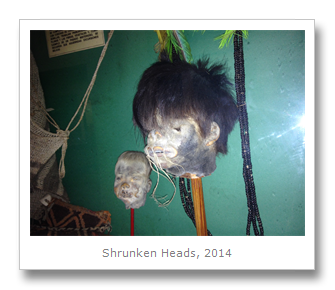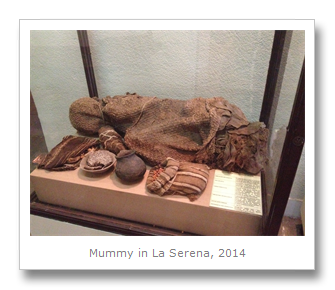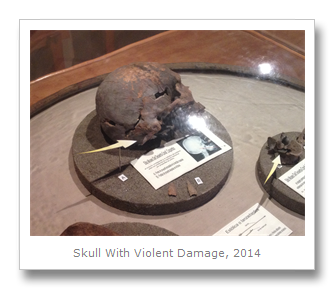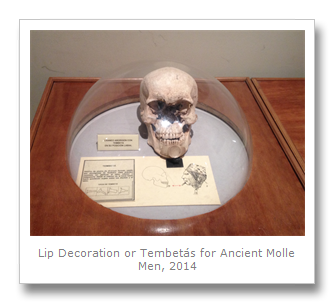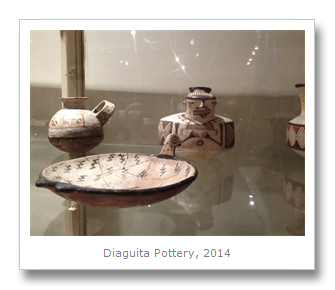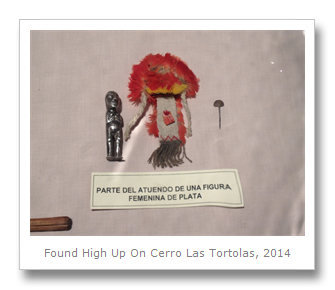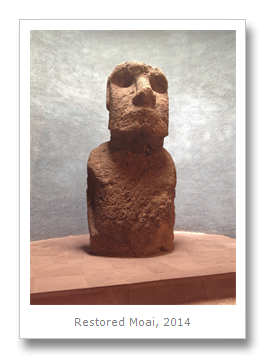Once we reached Copiapo we were eager to find a place to stay. Colin managed to find a place for pretty cheap, and we then started on researching how to get to the nearby National Park Nevado Tres Cruces. This park is at an altitude of 3,700 meters, so we were ready for possible headaches and drinking loads of water. We thought about driving up there ourselves with another rental car, and in retrospect the drive itself would have been really easy (despite the altitude, the road was mostly paved, not very narrow, and for the most part not too high off the ground) – but we couldn’t manage to find a car that we could return without paying for two days. And we didn’t want to pay $300 USD for a car for two days plus another $150 USD for gas. Yikes. A better option was taking a tour with Experiencia Atacama where we didn’t have to worry about driving with altitude headaches.
We on booked for the following day and met our driver outside at 8:00 am. The tour started by taking us to a 19th century abandoned mining town called Puquios. There wasn’t much to see besides flattened tin cans which were nearly mummified in the strong desert wind and heat.
Our scenic drive took us through canyons and valleys of different colors. There were volcanic rocks and plenty of dry grasses and plants which are able to successfully grow in volcanic soil. until we reached the high-altitude salt lake of Laguna Santa Rosa. Beautiful and calm, and dotted with different animals including the rarest flamingos in the world, the pink Andean flamingos, and a group of timid vicunas. We watched as the vicunas walked across the salt flats, but unfortunately didn’t get a picture. Fantastic to see though! There were more flamingos around and they were flying and scooping up water to filter feed algae just below us with their yellow and black bills. While their bodies are pale pink in color, their legs are yellow and they only have three toes on each foot.
Unfortunately, as we drove around the “National Park” which is supposed to be a protected area, we saw tons of mining companies exploiting the area and destroying the landscape, digging random and scarring holes everywhere looking for minerals. This mining activity is extremely harmful to the flamingos and poisons their water supply with the toxin borax. Borax doesn’t have any effect on humans, which creates even more problems for the flamingos suffering from it – and could be a reason why we didn’t see many flamingos hanging around at the park.
Chile doesn’t seem to be doing anything to stop the exploratory mining activities in their own national park – in fact, Tres Cruces gets so little attention from their government that they can’t even be bothered to put CONAF park rangers there to collect the mandatory entrance fee. Looks similar to the situation I discovered in Argentina’s La Payunia Reserve which is being exploited for its oil and thus not manned or marketed to tourists by the government.
Continuing our journey we came to the a giant (8,300 hectares) stretch of flat salt called the Salar de Maricunga. We drove right up to the salt and got to get out and walk around on it, picking up some to sample crushing it between our fingers. Yes, it was salt. ![]() When the water that used to be in the area evaporated, the salt didn’t have a way to reach the sea – so there it sits. One of the other highlights for us was seeing the world’s highest (almost 7,000 meters high!) volcano, named Ojos del Salado or Eyes of Salt. This active volcano was awesome to see, even if it was just a pit stop.
When the water that used to be in the area evaporated, the salt didn’t have a way to reach the sea – so there it sits. One of the other highlights for us was seeing the world’s highest (almost 7,000 meters high!) volcano, named Ojos del Salado or Eyes of Salt. This active volcano was awesome to see, even if it was just a pit stop.
Finally we arrived at Laguna Verde. The first thing we saw was the dead body or mummy of a cow. The extremely dry climate (lack of bugs, and lack of moisture) of the Puna and Atacama Desert region ensures that anything which dies out here, stays out here for a long time after. It was crazy because the animal sill had its (though very dry and tough) skin in the front but was completely bleached white bones in the back. I got some pictures with the fascination.
We drove on to the viewpoint. Here Colin and I changed into our swim suits and jumped into a naturally hot pool of water inside a little shack by the lake. We could have sat in two of the outdoor pools, with equally warm water, but it was really windy so we opted to sit inside. We enjoyed a soak in the nice warm water for around 30 minutes as our driver prepared our lunch of soup and tuna – along with a bit of wine!
On the way back we were able to convince our driver to take a different route, one that would be a bit more scenic, although slightly more windy. We were so glad we took the other route! Some of the most beautiful mountains and valleys we saw that day we on the way back to Copiapo.
The next day we decided to visit a couple of museums before jumping on the overnight bus to Calama. In the middle of the night we found out that there was a big 8.2 earthquake in Iquique – which was one of the cities next on our list. Because of this, many people were really eager to head north to see their families and protect their homes from looting. We couldn’t get a direct bus to our next destination, San Pedro de Atacama, but we bought one for Calama and figured we’d change and continue the 1.5 hours to San Pedro the following morning. This gave us the whole day to see some museums and relax before the evening bus.
Copiapo’s Regional Museum had a few interesting pieces for us – such as a rare piece of rock called orbicular granite. This stone is found on the coast near Copiapo, and it is a phenomenon. It has ‘orbiculars’ or sphere-shaped rocks which have formed around grain cooling in a magma chamber. We were lucky to get to see some without having to head all the way out to the coast. But the best item though was a puma covered in salt and mummified which was found at Laguna Verde. Perhaps it was after the cow we saw mummified there? The desert is a harsh place.
One of the many exhibits was on the 33 miners who were trapped in a mine north of Copiapo in 2010. There was a ‘cave in’ at a mine near San Jose which buried 33 men deep underground, 5 kilometers from the mine’s entrance. Luckily there was a refugio where the miners were able to survive for 69 days underground while the rescue attempt was ongoing. While the miners were underground they managed to send up a note saying they are alive, which taped to a drill bit which was drilling an exploratory hole to find them – a note we saw in the museum. We saw another ‘capsule’ which was used to bring the miners one-by-one to the surface in this museum as well.
The Mineralogical Museum of Copiapo is the most complete in Chile, having pictures of important mines in the area decorating its walls and tons of interesting and rare crystals inside its cases. There was another, larger piece of orbicular granite here as well. There was one piece of silver which, when exposed to oxygen, its form changes drastically – I saw an image of it from a book before exposure, and a chunk of rock from after exposure – very different! I have shown a few of the more colorful or patterned examples here.
That evening we took an overnight bus to Calama, and the following morning we changed for San Pedro de Atacama. Back on the tourist trail.
Francesca
